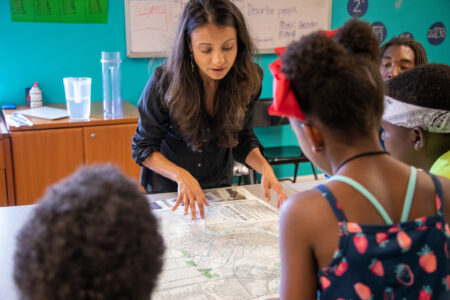NEW TOOL: Using Local Phenomena to Communicate Climate Solutions
Posted on February 12, 2021
We can no longer consider climate change a problem in the future; its impacts are already affecting people around the country and world. Those from marginalized communities are disproportionately affected.
This new tool features examples of how communities are already responding to climate change, featuring examples from the American Association for the Advancement of Science (AAAS)'s multimedia "How We Respond" project.

